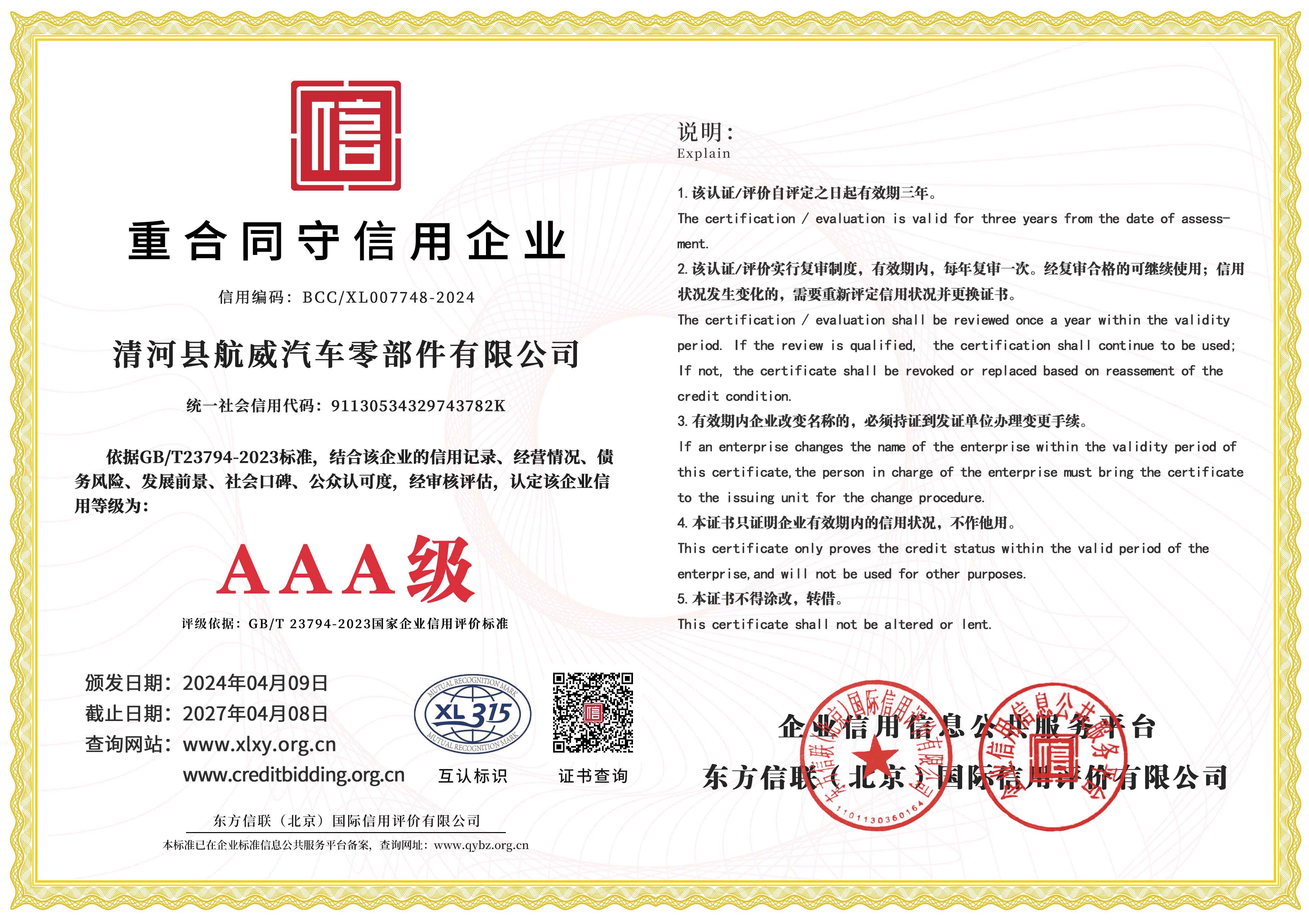accelerator pedal cable
Understanding the Accelerator Pedal Cable Its Role and Importance in Automotive Performance
The accelerator pedal cable is a critical component in the intricate system of modern vehicles. This seemingly simple cable plays a pivotal role in connecting the accelerator pedal to the engine's throttle mechanism, enabling drivers to control the speed and performance of their vehicles. In this article, we will explore the function of the accelerator pedal cable, its construction, common issues, and maintenance tips to ensure optimal performance.
Functionality and Design
The primary purpose of the accelerator pedal cable is to transmit the driver’s intent from the pedal to the engine. When a driver presses down on the accelerator pedal, the cable pulls a lever connected to the throttle body. This action opens the throttle plate, allowing air and fuel to enter the combustion chamber and ultimately increasing the engine's power output. In older vehicles, this cable was often a physical metal wire. However, in recent years, many manufacturers have transitioned to electronic throttle control (ETC) systems, which use sensors and actuators instead of a mechanical cable.
Regardless of the type of system, the functionality remains critical
. A well-functioning accelerator pedal cable (or electronic control system) is essential for smooth acceleration, responsive driving experiences, and optimum engine performance.Common Issues with Accelerator Pedal Cables
Despite their simplicity, accelerator pedal cables are prone to wear and tear over time. One of the most common issues is fraying or snapping of the cable itself. This can lead to a complete loss of acceleration control, which can be dangerous while driving. Other problems include binding or sticking, often caused by dirt and grime accumulation along the cable's path. This can lead to delayed throttle response, making the vehicle feel unresponsive or difficult to control.
accelerator pedal cable

Additionally, in vehicles with electronic throttle control, malfunctions in the throttle position sensor or the wiring can create issues similar to those experienced with traditional cables. Drivers may notice symptoms such as erratic acceleration, engine stalling, or the ‘check engine’ light illuminating on the dashboard.
Maintenance Tips
Regular maintenance is key to ensuring the longevity and performance of the accelerator pedal cable. For vehicles equipped with a mechanical cable, periodic inspections are essential. Drivers should look for signs of wear, such as fraying or discoloration. It’s crucial to keep the cable lubricated and free from contaminants to prevent binding.
For those with electronic throttle systems, keeping the throttle body clean is vital. The buildup of carbon deposits can impede the function of the throttle plate, leading to a sluggish response. Regularly checking the throttle position sensor and associated wiring for damage is also important for maintaining performance.
Conclusion
In conclusion, while the accelerator pedal cable may seem like a minor component in the grand scheme of automotive engineering, its impact on performance and safety cannot be overstated. Whether in traditional vehicles or modern electronic throttle systems, the proper function of this component is vital for a responsive driving experience. By understanding its role, recognizing potential issues, and adhering to maintenance best practices, drivers can ensure that their vehicles operate smoothly and safely. Awareness and proactive care can go a long way in preserving the integrity of the accelerator pedal cable and, ultimately, the enjoyment of driving.
-
Workings of Clutch Pipe and Hose SystemsNewsJun.04,2025
-
The Inner Workings of Hand Brake Cable SystemsNewsJun.04,2025
-
The Secrets of Throttle and Accelerator CablesNewsJun.04,2025
-
The Hidden Lifeline of Your Transmission Gear Shift CablesNewsJun.04,2025
-
Demystifying Gear Cables and Shift LinkagesNewsJun.04,2025
-
Decoding Clutch Line Systems A Comprehensive GuideNewsJun.04,2025
